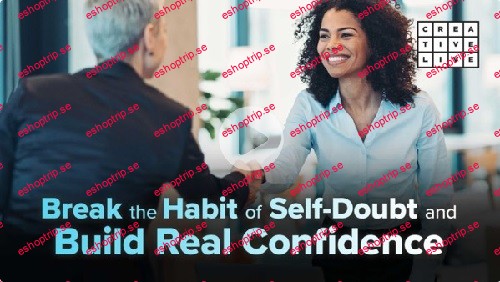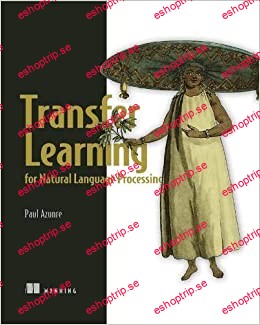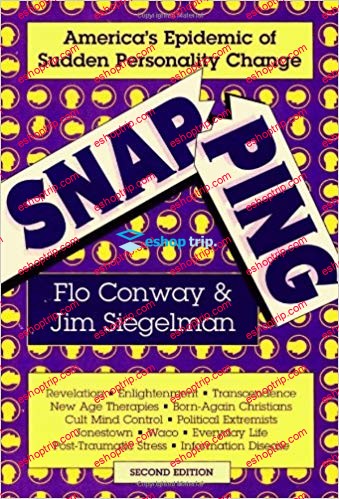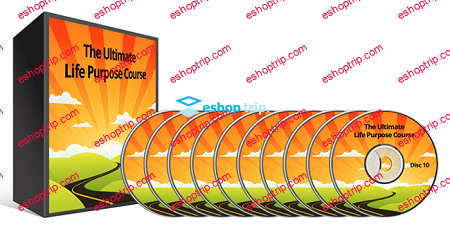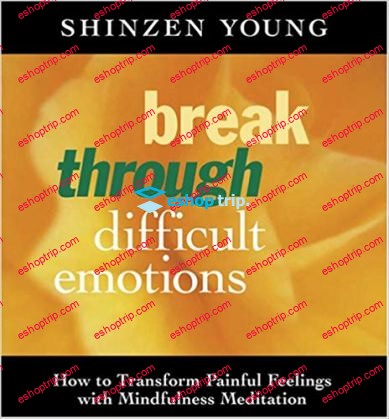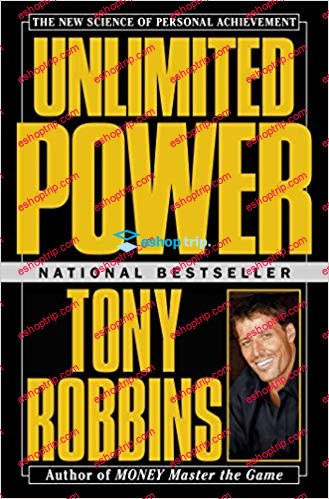English | Tutorial | Size: 4.15 GB
Meet Mel Robbins. Fifteen years ago, her crippling anxiety made it difficult to even get out of bed in the morning. She was terrified that her relationships with everyone she loved and anything she had accomplished in her life were crumbling. Today, she’s the author of numerous best-selling print and audio books, the creator of motivational videos with billions of views, the host of the number-one educational podcast in the world, and a CNN commentator and analyst. What changed?
In How to Break the Habit of Self-Doubt and Build Real Confidence, Mel answers that exact question. Step by step, she describes exactly how she regained control of her life. You’ll not only hear from Mel as she discusses the tips and tricks she used to lift herself up from “rock bottom,” but you’ll also see her interact with a classroom of other people who are on similar journeys. You’ll virtually join this audience to see Mel coach those participants in real time, helping them reframe their lives and move forward into the future they want. As Mel says, in this course, you’ll not only learn what to do, but how to do it. That difference will give you the tools you need to put your self-doubt aside and start building the business, relationships, and life of your dreams.
What Is Self-Doubt?
Almost everyone knows what self-doubt feels like-the roiling stomach, the racing heart, the sweaty palms. But you might not know what self-doubt is. Mel suggests you think about it this way: Have you ever watched babies learn to walk? Do they seem plagued by self-doubt about their ability to perform what must be a very difficult motor feat? No. They just try over and over until they make it. Even if they fall and cry, they do not stop trying to walk.
No one is born with self-doubt, because it is not a personality trait. Self-doubt is a learned behavior. If you doubt yourself, it is because someone somewhere taught you to doubt yourself. And those of us who’ve been taught to doubt ourselves respond to challenges that are out of our comfort zone with the habit of self-doubt, overthinking until we’re stuck in a loop. In this course, you’ll learn about four specific traps of self-doubt, including:
Hiding. Self-doubt causes us to hide-to avoid people, meetings, phone calls, emails. We’re afraid that if we put ourselves and our ideas out there, we will face certain rejection. Our inner critic and our feelings of imposter syndrome tell us we just cannot take the risk.
Being Hypercritical. Some people have trained themselves to spot everything that could possibly go wrong in any situation. No matter what great ideas you might have, you’re always arguing against yourself, talking yourself out of taking action because something might go wrong.
Feeling as If You’re Helpless. Some people play the victim, convinced that nothing will ever go their way. Feeling completely at a loss, they feel helpless to undertake any changes that would put them in a better situation.
You can never control what’s going to happen in your life, and you can’t control the feelings that are going to pop up in response to those events. If you’ve been taught to doubt yourself, then the second anything challenging or fearful comes up, you respond by overthinking and falling into the self-doubt trap. That becomes your go-to behavior. But here’s the great news: Any behavior you repeat is a habit, and any habit can be changed.
What Is Confidence?
We’d all like to have more confidence. We’d like to be able to disagree calmly with someone when we know our facts are correct, instead of emotionally hiding when challenged. We’d like to stop sabotaging ourselves by internally arguing against every good idea we’ve ever had. But before we can have the confidence we’d like to have, we have to better understand exactly what confidence is. In this course, Mel explores three myths of confidence:
It Is a Personality Trait. We tend to think of confidence as a trait some people just “have,” like natural friendliness or an artistic talent. But confidence is definitely not a personality trait.
It Is Fixed throughout Your Life. Confidence is dynamic, not static. Just because you have confidence now doesn’t necessarily mean you’ll have it in the future.
If You’re a Confident Person, You’re That Way in All Situations. Confidence is situational. You can certainly be confident about your culinary skills while having no confidence at all about your ability to swim or code software.
If confidence cannot be described by any of the myths listed above, then what is it? Mel defines confidence as a behavior and a skill. Confidence is the decision to try-a definition that links confidence to an action versus a feeling. How you act can have much more power in your life than how you feel. And if it’s a skill? Well, we can learn skills, right?
How to Build Self-Confidence
In this course, you’ll not only learn what confidence is, but you’ll also learn how to build that skill in your own life and use it for your benefit. Mel will share how she incorporated new behaviors into her life at her lowest point, how they turned her life around, and why she calls them her “rules to live by.” Among her many other tips to build self-confidence, she explains why you should:
Leave Your Phone in the Kitchen at Night. Or the living room or den. But never take it into the bedroom with you. This habit might not sound like it has anything to do with building confidence, but you will definitely understand Mel’s thought process.
Get Up When Your Alarm Goes Off. Never hit your snooze button. Mel explains how using the snooze button causes you to develop sleep inertia and robs you of hours of productivity. Of course, if you use your phone alarm to wake up and your phone isn’t even in your bedroom, this habit becomes much easier to implement!
Identify One Particular Action You Will Take That Day. Maybe your action is keeping your therapy appointment. Maybe it’s sending one particular business email. Whatever makes sense for your day and your goals, identify one small action you will absolutely accomplish; write it down in a journal; and also write down why it’s important to you. Oh, and one little catch-do this in the morning before you’ve looked at your phone.
When Mel implemented these and other strategies, she was able to reach heights she had barely dreamed of. In this course, she teaches you those exact same strategies. She wants you to break the habit of self-doubt and build the confidence you need to be in control of your goals, your dreams, and your life. That is power.
